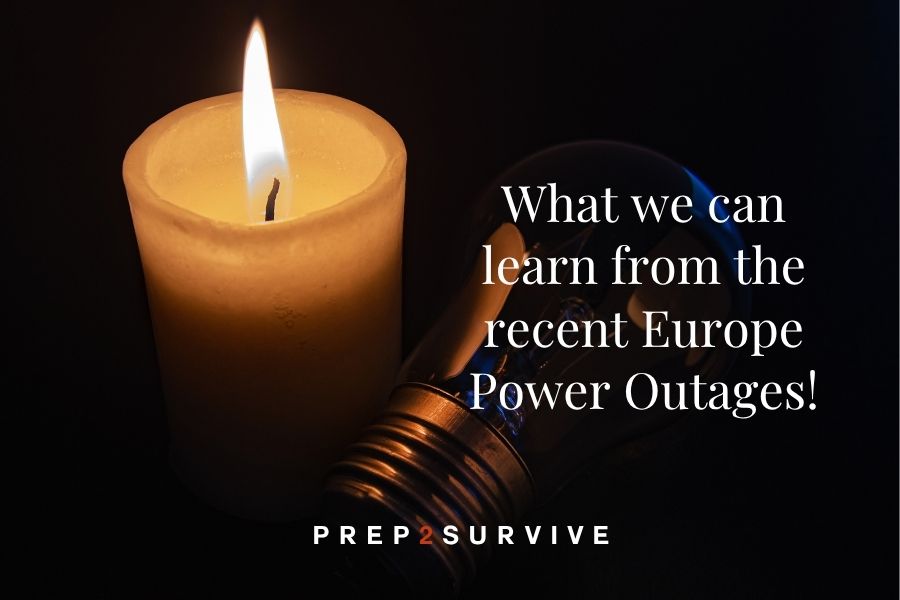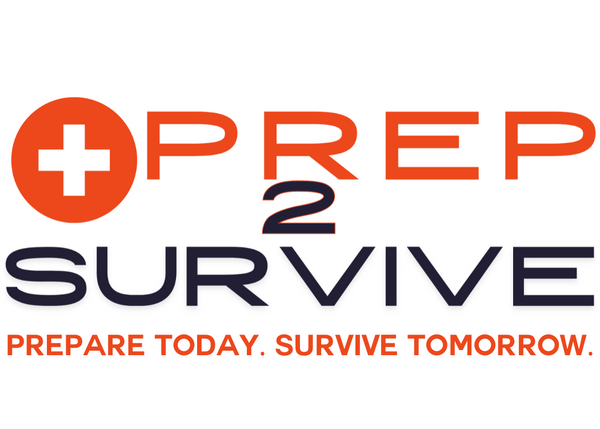
When the Lights Went Out: What Spain & Portugal Taught Us About Blackouts
Let’s talk blackouts—not the kind that happens after one too many margaritas, but the kind that can knock an entire country off the grid in seconds. When Spain and Portugal were hit with a sudden, massive power outage in July 2024, it wasn’t just inconvenient—it was a wake-up call.
 |
Elevators froze, airports scrambled, cell towers dropped, and homes were left sweating in silence. One minute: normal life. The next? Chaos.
Here’s the thing, friend: that could’ve been us. And next time, it might be. So let’s break down what happened, what we can learn, and what you can do right now to make sure you’re not left in the dark. |
So, What the Heck Happened?
The short version: a cyberattack on a satellite internet provider (used by commercial airlines) triggered a cascade of power failures that took down major parts of the Iberian Peninsula. That’s Spain and Portugal for those who skipped geography class.
The outage lasted hours, but the ripple effects? Longer. Hospitals scrambled. Traffic lights failed. People were stranded. Businesses lost money. And folks with no backup power? Let’s just say it got real uncomfortable, real quick.
Why This Matters (Yes, Even If You Don’t Live in Europe)
You don’t need to live in Madrid to feel the impact of something like this. Our entire world is one giant, tangled power grid—and it’s a lot more fragile than most people think.
A satellite glitch. A cyberattack. A wildfire. A blown transformer. All it takes is one unexpected “oops” and suddenly you can’t use your fridge, charge your phone, or flush your toilet (yep, city plumbing often needs power too—fun fact!).
Lessons Learned from the Iberian Blackout
1. The Grid Isn’t Guaranteed
Repeat after us: Electricity is a luxury, not a promise. You need a plan for when the grid goes down—even if it’s just for a few hours.
2. No Power = No Communication
When the blackout hit, many lost access to Wi-Fi, cell towers, and GPS. That means no Uber, no texting, no “Google it real quick.” You need alternative ways to get information—like a good ol’ fashioned crank radio or even a printed emergency plan.
3. The First Few Hours Matter Most
Most people go into panic mode after 15 minutes without power. (Don’t be like them.) If you’re calm, stocked, and ready? You’re already ahead of the game.
How to Be Ready Before It Happens to You
Let’s get to the good part—how you can Prep2Survive the next big blackout like the badass you are.
✅ 1. Build a 72-Hour Blackout Kit
We’re talking:
- Flashlights (more than one!) + extra batteries
- Solar or crank-powered radio
- Portable phone charger (preferably solar-powered)
- Non-electric fan
- Water (1 gal/person/day)
- Shelf-stable food
- Wet wipes & hygiene supplies
- Medications (plus backups!)
Want a checklist? We got you covered. Download your free “First 72 Hours” checklist here.
✅ 2. Have a Power Plan
Invest in:
- A solar generator or power bank
- Battery-powered lights or lanterns
- Car inverter (for emergency phone charging)
- Backup power for medical devices, if needed
✅ 3. Practice Like It’s Game Day
A plan you never practice is just a Pinterest board. Do a “no power” drill once a month. Teach the kids. Time yourself. See what works—and what doesn’t—before the real deal hits.
Final Thought: Don’t Panic, Just Prep
Blackouts are unpredictable. Your response shouldn’t be. You don’t need to live in fear, but you do need to live prepared. Spain and Portugal learned that the hard way. Let’s take their blackout as a bright (ironic, we know) reminder to get ahead of the chaos.
Because when the lights go out, you won’t be scrambling—you’ll be surviving like a pro.
Want more no-BS prepping tips with a side of sass?
Join the Prep2Survive community and grab your free checklist now. Let’s get you blackout-proof.
